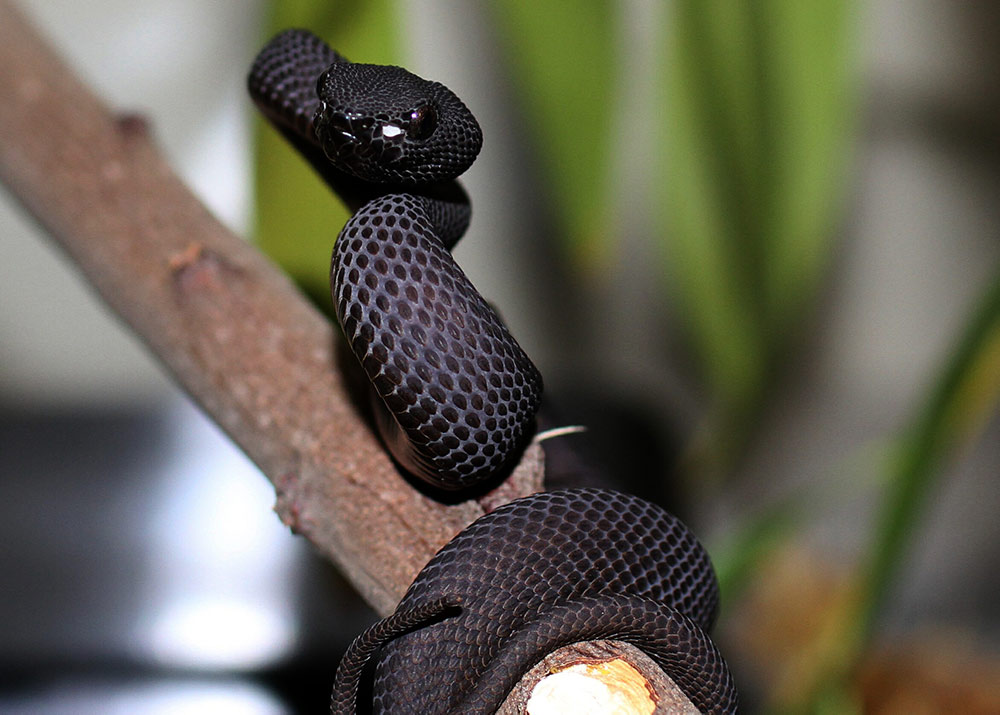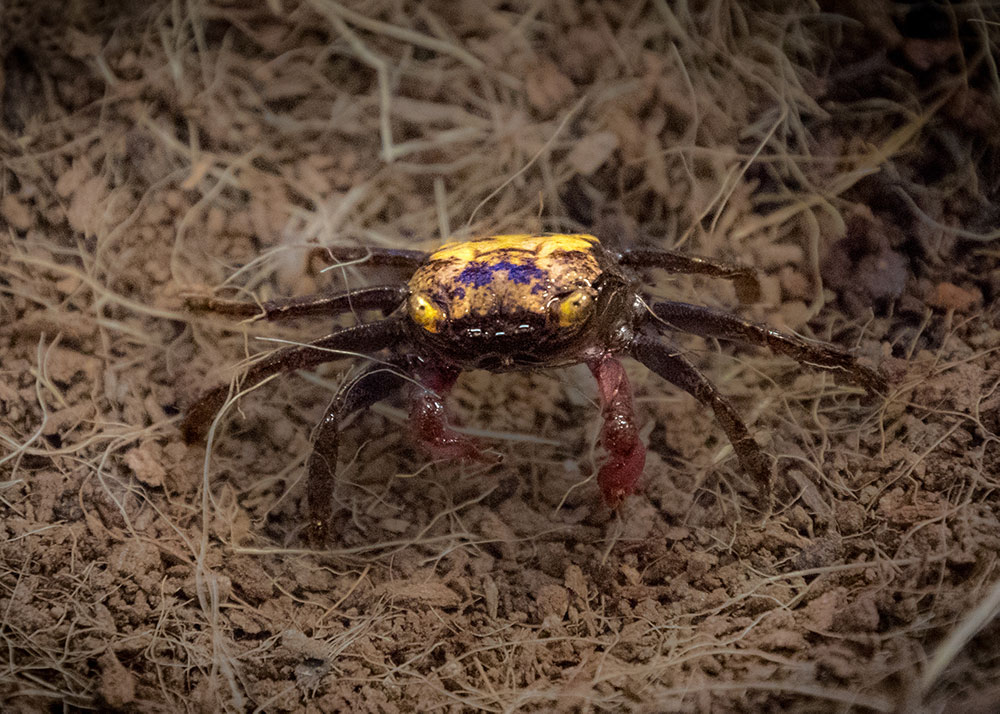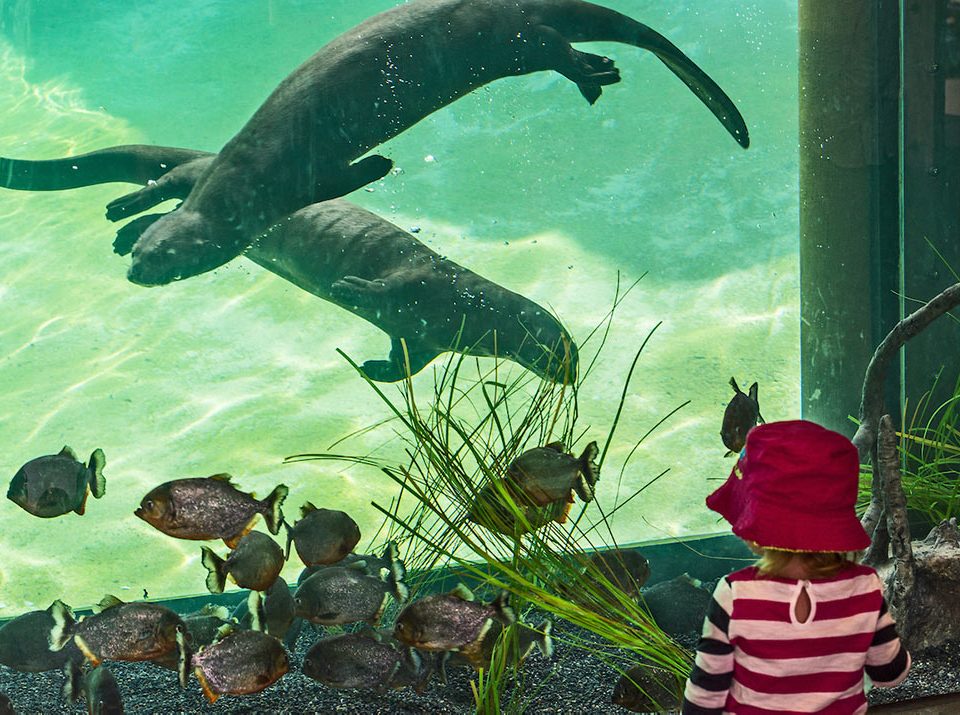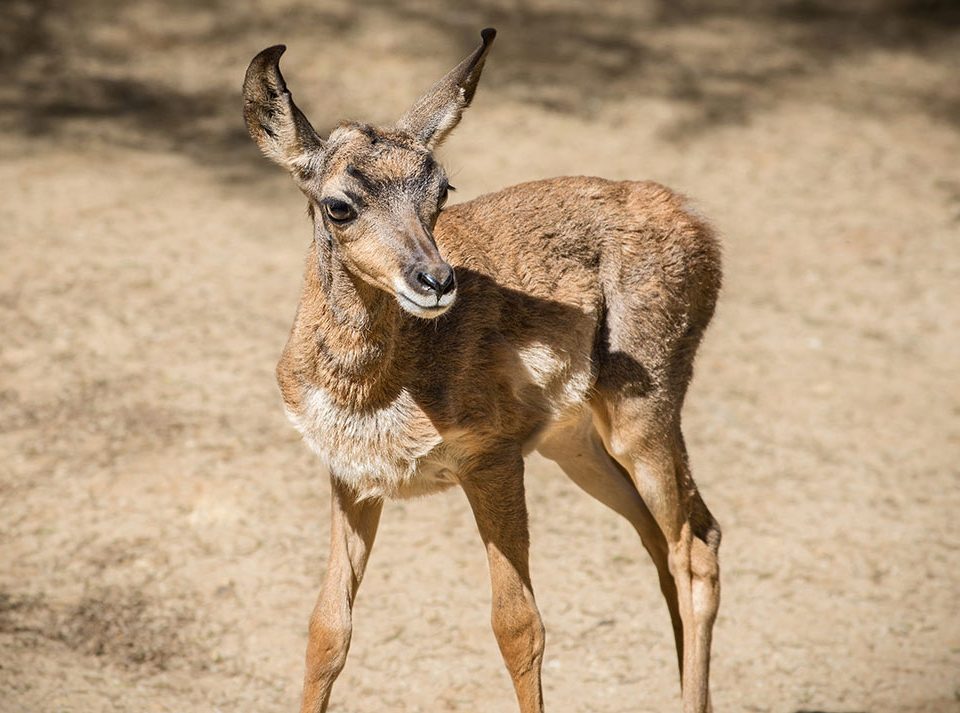New at the Zoo

Member POV: All in the Family
February 5, 2018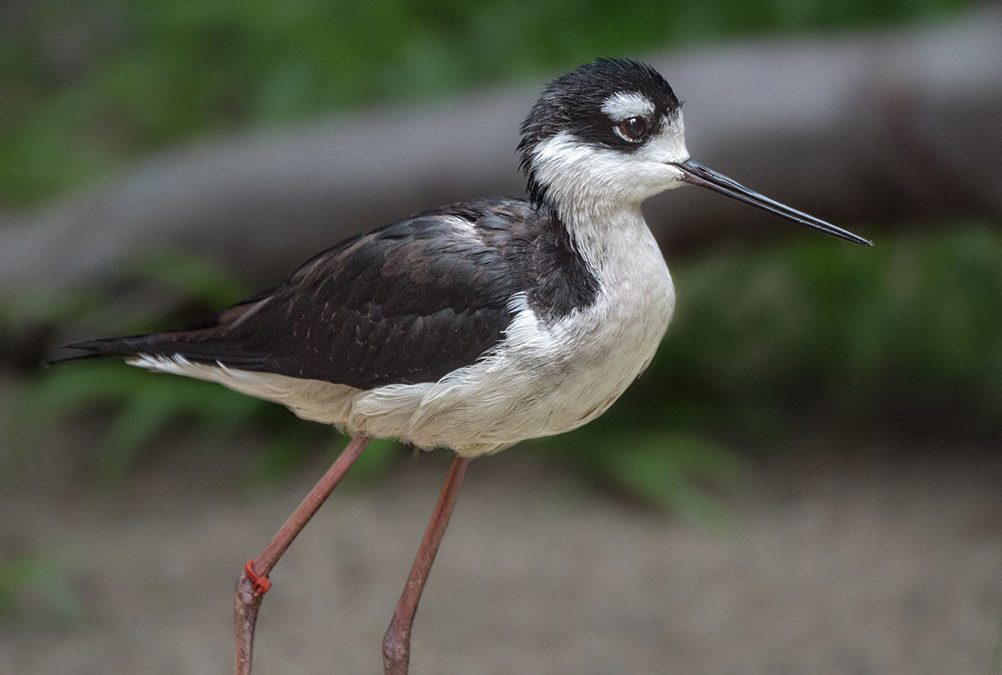
Black-necked stilt Photo by Jamie Pham
While the Thomas Fire was raging on the central coast, the Santa Barbara Zoo took the precaution of sending some of their more sensitive residents to other zoos for safekeeping. On December 16, the L.A. Zoo helped out by providing temporary homes for four California condors, two Ruppell’s griffon vultures, and a turkey vulture. All returned safely to Santa Barbara on December 26.
In other bird news, two new breeding pairs of crested pheasants and freckled ducks can now be seen in the Zoo’s hillside Aviary, and two male black-necked stilts arrived from Long Beach Aquarium. The stilts are sharing an exhibit with the two ibis species and a sunbittern across from the Speke’s gazelles and adjacent to the desert bighorn exhibit. These dapper, long-legged (hence their common name) birds inhabit shallow salt and freshwater marshes, mudflats, flooded fields, and wetlands. They are found in coastal North America through Mexico, Central America, many areas of South America, and most Caribbean island groups.
In the mangrove viper exhibit at the LAIR, you’ll find a new group of 27 vampire crabs, a small freshwater variety from Southeast Asia. Despite their scary name—which comes from their bulgy yellow eyes that contrast with their colorful carapaces—vampire crabs are harmless to humans. Four additional mangrove vipers (two male and two female) arrived and are currently in quarantine.
Another recent herpetological highlight is the hatching of a clutch of 22 giant horned lizards in December. The babies are being tended in an off-exhibit area, but you can find adult representatives of this charming native Southwest species in the LAIR.
Two rock doves hatched, and will some day be a part of the World of Birds cast. Although all rock doves are commonly known as “pigeons,” these chicks are special all-white homing or racing pigeons.


